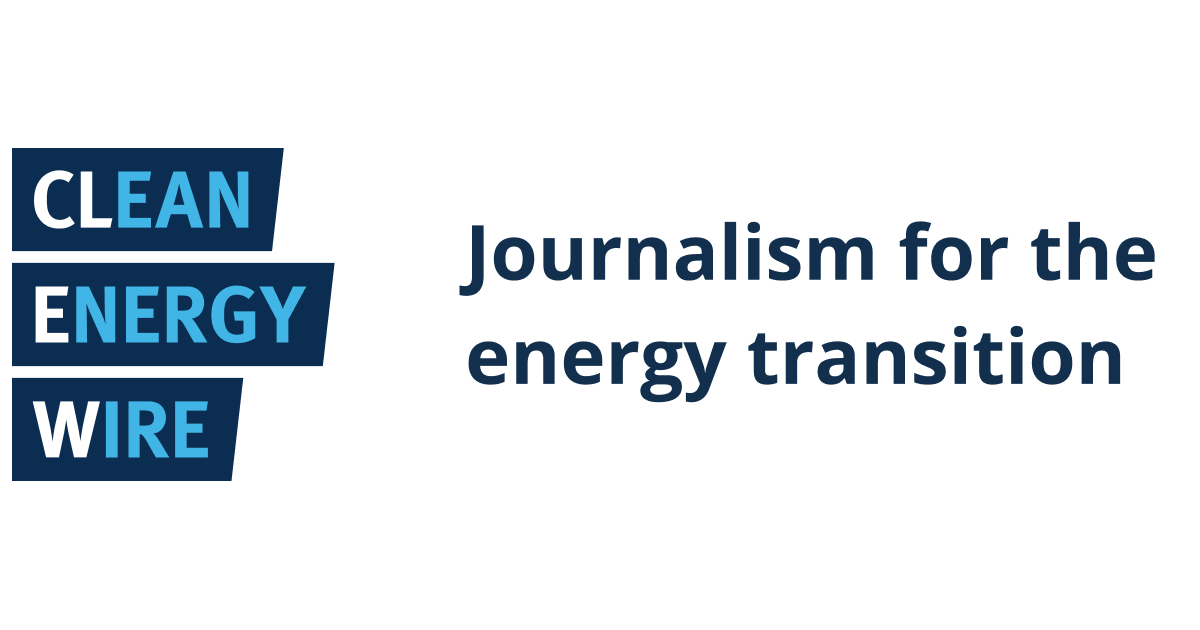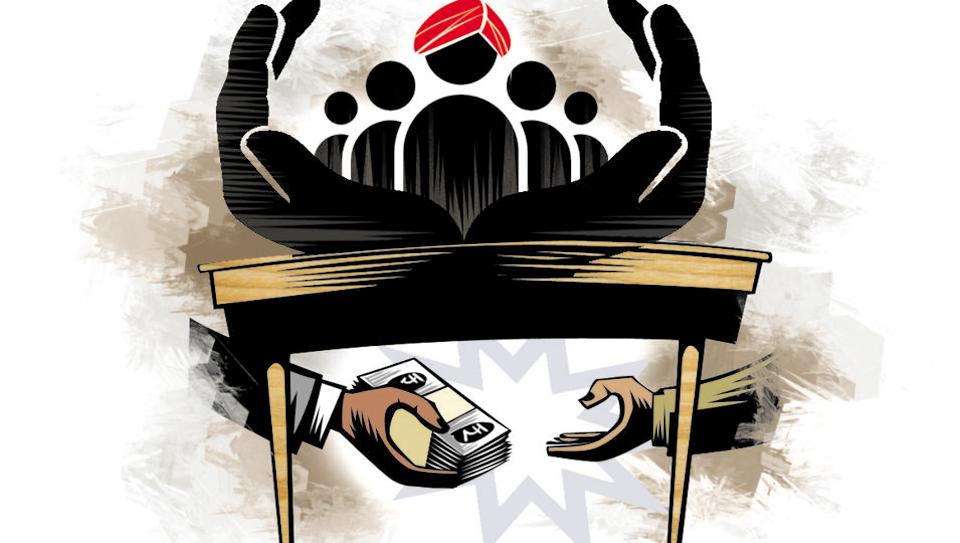The Paradox Of Clean Energy: Growth Amidst Opposition

Table of Contents
The Unstoppable Rise of Clean Energy
The surge in clean energy adoption isn't accidental; it's driven by several powerful forces.
Technological Advancements and Cost Reductions
The cost of harnessing renewable energy has plummeted in recent years. This is largely due to:
-
Significant drops in the cost of solar panels and wind turbines: The price of solar photovoltaic (PV) modules has decreased by over 80% since 2010, making solar power increasingly competitive with fossil fuels. Similarly, wind turbine technology advancements have driven down costs, leading to larger and more efficient turbines.
-
Improved energy storage solutions (batteries): Advancements in battery technology are crucial for addressing the intermittency of solar and wind power. More efficient and affordable batteries are enabling greater reliability and grid stability for sustainable energy systems.
-
Technological innovation leading to greater efficiency and output: Continuous innovation results in higher energy conversion rates in solar panels and wind turbines, maximizing energy production and reducing land requirements. For example, advancements in perovskite solar cells promise even higher efficiencies in the future.
-
Specific Examples:
- The cost of solar energy has fallen by 90% over the past decade.
- Lithium-ion battery prices have dropped by over 85% since 2010.
- Next-generation wind turbines are capable of generating significantly more power than their predecessors.
Government Policies and Incentives
Government intervention plays a vital role in accelerating the energy transition.
-
Government subsidies and tax breaks: Many countries offer substantial financial incentives to encourage the adoption of clean energy technologies, such as tax credits for solar installations and subsidies for wind farm development.
-
Carbon pricing mechanisms: Carbon taxes and cap-and-trade systems incentivize a shift away from carbon-intensive energy sources by making them more expensive.
-
Successful national and international clean energy policies: The success of the Renewable Portfolio Standards (RPS) in several US states, along with the EU's ambitious renewable energy targets, demonstrate the effectiveness of policy interventions.
-
Specific Policy Examples:
- The US Investment Tax Credit for solar energy.
- The European Union's Emissions Trading System (ETS).
- Germany's Energiewende (energy transition) policy.
Growing Consumer Demand and Corporate Sustainability Initiatives
The growing awareness of climate change is driving both consumer choices and corporate strategies.
-
Increasing consumer preference for sustainable products and services: Consumers are increasingly demanding green products and services, pushing companies to incorporate renewable energy into their operations.
-
Corporate social responsibility driving investment in clean energy: Many corporations are committing to ambitious sustainability goals, including sourcing their energy from renewable energy sources and reducing their carbon footprint.
-
Examples of companies transitioning to renewable energy sources: Major corporations like Google, Apple, and Microsoft have made substantial investments in renewable energy to power their operations.
-
Consumer and Corporate Trends:
- Growing demand for electric vehicles.
- Increased investment in green bonds.
- Corporate commitments to net-zero emissions targets.
Sources and Nature of Opposition to Clean Energy
Despite the impressive growth, significant opposition to clean energy persists.
Economic Concerns and Job Displacement
The transition away from fossil fuels raises legitimate concerns about job losses.
-
Concerns about job losses in fossil fuel industries: The decline of the coal and oil industries can lead to job losses in mining, drilling, and refining.
-
The need for retraining and workforce diversification: Investing in retraining programs for workers in fossil fuel industries is crucial to ensure a smooth transition to clean energy jobs.
-
Economic benefits of clean energy jobs: The renewable energy sector is a significant job creator, offering opportunities in manufacturing, installation, maintenance, and research.
-
Addressing Economic Anxieties:
- Investing in green job training programs.
- Providing financial support for communities affected by the decline of fossil fuel industries.
- Promoting economic diversification in affected regions.
Environmental Concerns and Land Use
Some express environmental concerns regarding renewable energy projects.
-
Debunking myths surrounding the environmental impact of renewable energy: The environmental footprint of renewable energy is significantly smaller than that of fossil fuels, despite some localized impacts.
-
Addressing concerns about land use for large-scale renewable energy projects: Careful planning and sustainable land management practices can minimize the environmental impact of large-scale projects.
-
Sustainable land management practices in clean energy development: Techniques like co-locating solar farms with agricultural land or integrating wind turbines into existing infrastructure can mitigate land use conflicts.
-
Environmental Impact Mitigation:
- Careful site selection for renewable energy projects.
- Implementing environmental impact assessments.
- Utilizing innovative technologies to minimize land use.
Political and Ideological Opposition
Political factors significantly influence the adoption of clean energy.
-
Political forces hindering clean energy adoption: Lobbying efforts by fossil fuel interests can influence policy decisions and hinder the progress of renewable energy development.
-
The role of lobbying and misinformation campaigns: Misinformation campaigns aiming to discredit clean energy and climate science pose a challenge to public understanding.
-
Differing perspectives on climate change and its urgency: Political polarization around climate change creates barriers to consensus-building and policy implementation.
-
Political Influence and Misinformation:
- Identifying and countering misinformation campaigns.
- Promoting evidence-based policymaking.
- Fostering bipartisan support for clean energy initiatives.
Navigating the Paradox: Towards a Sustainable Future
Overcoming opposition requires proactive strategies and collaborative efforts.
Strategies for Addressing Opposition
Addressing concerns effectively is crucial for accelerating the energy transition.
-
Promoting transparent communication and addressing public concerns: Open communication about the benefits and challenges of renewable energy can help build public trust and support.
-
Investing in workforce retraining and economic diversification: Providing resources for workers to transition to new jobs in the clean energy sector is essential.
-
Developing sustainable land management practices for renewable energy projects: Minimizing the environmental impact of renewable energy projects through careful planning and sustainable practices is crucial.
-
Stakeholder Engagement Strategies:
- Holding public forums and consultations.
- Partnering with local communities.
- Engaging with industry stakeholders.
Fostering Collaboration and Innovation
Collaboration is key to unlocking the full potential of clean energy.
-
Highlighting the importance of collaboration between government, industry, and communities: Successful energy transition requires a coordinated approach among all stakeholders.
-
Encouraging innovation in clean energy technologies and infrastructure: Continuous innovation is necessary to further reduce the cost and improve the efficiency of renewable energy technologies.
-
Promoting international cooperation on climate change mitigation and adaptation: Global cooperation is essential to address the global challenge of climate change and accelerate the transition to a sustainable energy future.
-
Collaborative Efforts and Innovation:
- Public-private partnerships for clean energy research and development.
- International agreements on climate change mitigation.
- Sharing best practices in renewable energy deployment.
Conclusion
The paradox of clean energy – robust growth despite opposition – underscores the urgency and complexity of the global energy transition. While significant progress is being made, overcoming persistent resistance requires addressing economic anxieties, environmental concerns, and political challenges. Through transparent communication, collaborative efforts, and continued innovation, we can navigate this paradox and accelerate the transition to a sustainable future powered by clean energy. Embrace the potential of renewable energy and join the movement towards a greener tomorrow. Invest in sustainable energy solutions today for a brighter future.

Featured Posts
-
 Suki Waterhouses On This Love Lyrics And Meaning Explained
May 20, 2025
Suki Waterhouses On This Love Lyrics And Meaning Explained
May 20, 2025 -
 Agatha Christies Poirot Unraveling The Mysteries
May 20, 2025
Agatha Christies Poirot Unraveling The Mysteries
May 20, 2025 -
 Us Army Deploys Second Typhon Missile Battery To The Pacific
May 20, 2025
Us Army Deploys Second Typhon Missile Battery To The Pacific
May 20, 2025 -
 Solve The Nyt Mini Crossword Answers For March 13 2025
May 20, 2025
Solve The Nyt Mini Crossword Answers For March 13 2025
May 20, 2025 -
 Todays Nyt Mini Crossword March 27 Answers
May 20, 2025
Todays Nyt Mini Crossword March 27 Answers
May 20, 2025
Latest Posts
-
 Corruption Case Shakes Navy Retired Four Star Admiral Sentenced
May 20, 2025
Corruption Case Shakes Navy Retired Four Star Admiral Sentenced
May 20, 2025 -
 Us Four Star Admiral Found Guilty Charges And Sentencing
May 20, 2025
Us Four Star Admiral Found Guilty Charges And Sentencing
May 20, 2025 -
 Four Star Admirals Corruption Conviction A Deep Dive
May 20, 2025
Four Star Admirals Corruption Conviction A Deep Dive
May 20, 2025 -
 Retired Four Star Admiral Convicted Corruption Scandal Details
May 20, 2025
Retired Four Star Admiral Convicted Corruption Scandal Details
May 20, 2025 -
 Retired Admirals Bribery Conviction Details Of The Four Charges
May 20, 2025
Retired Admirals Bribery Conviction Details Of The Four Charges
May 20, 2025
